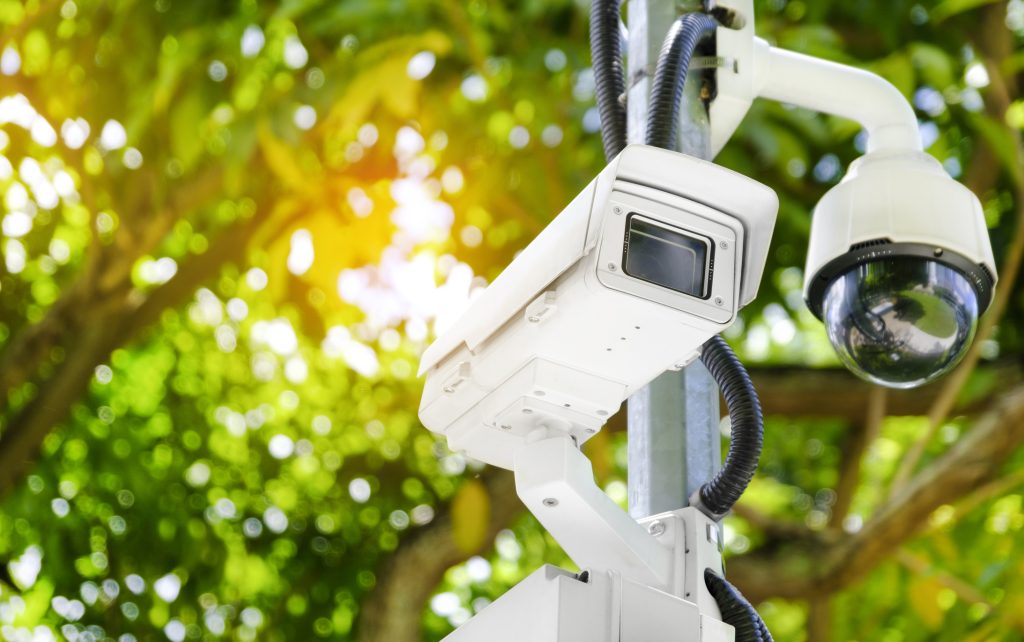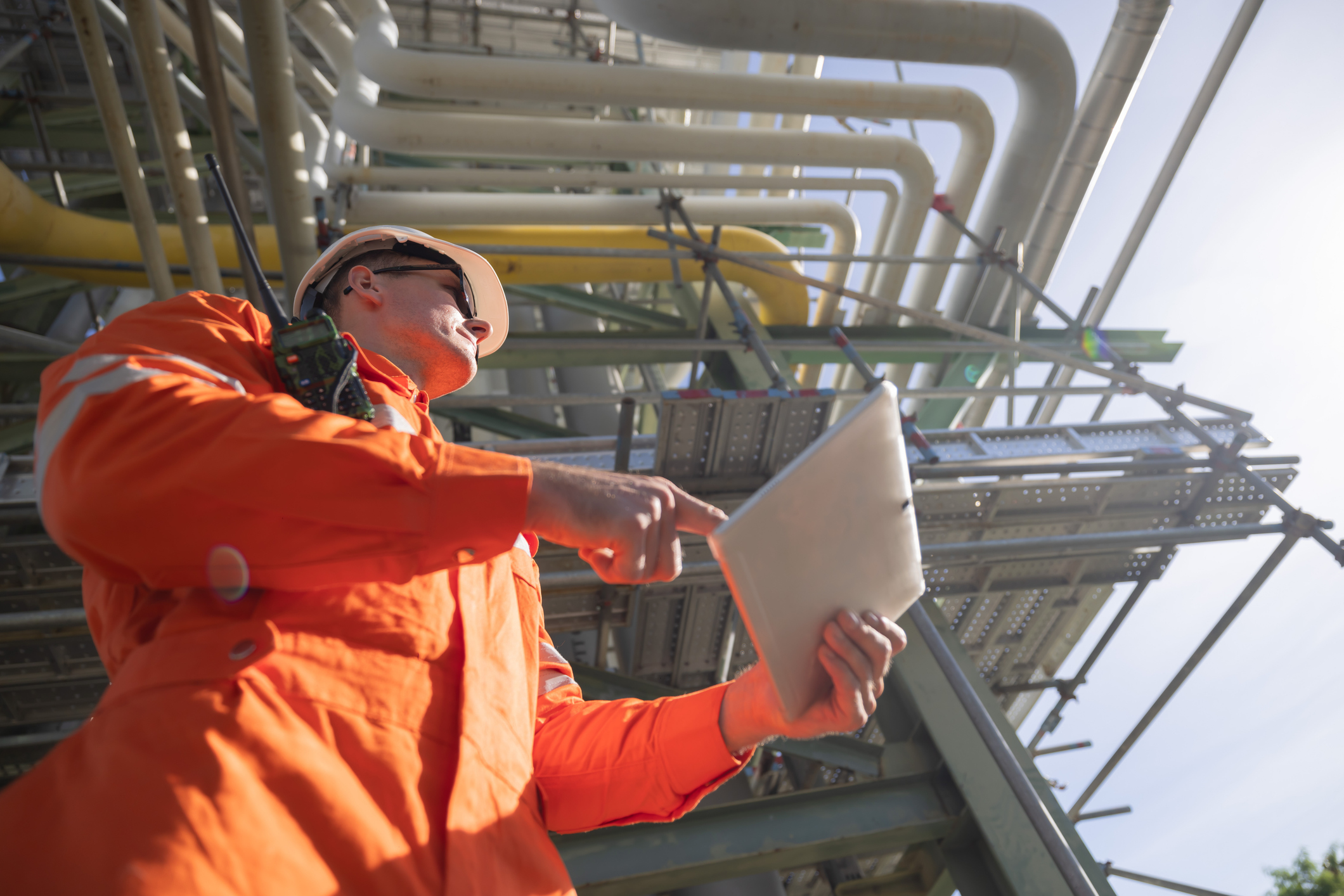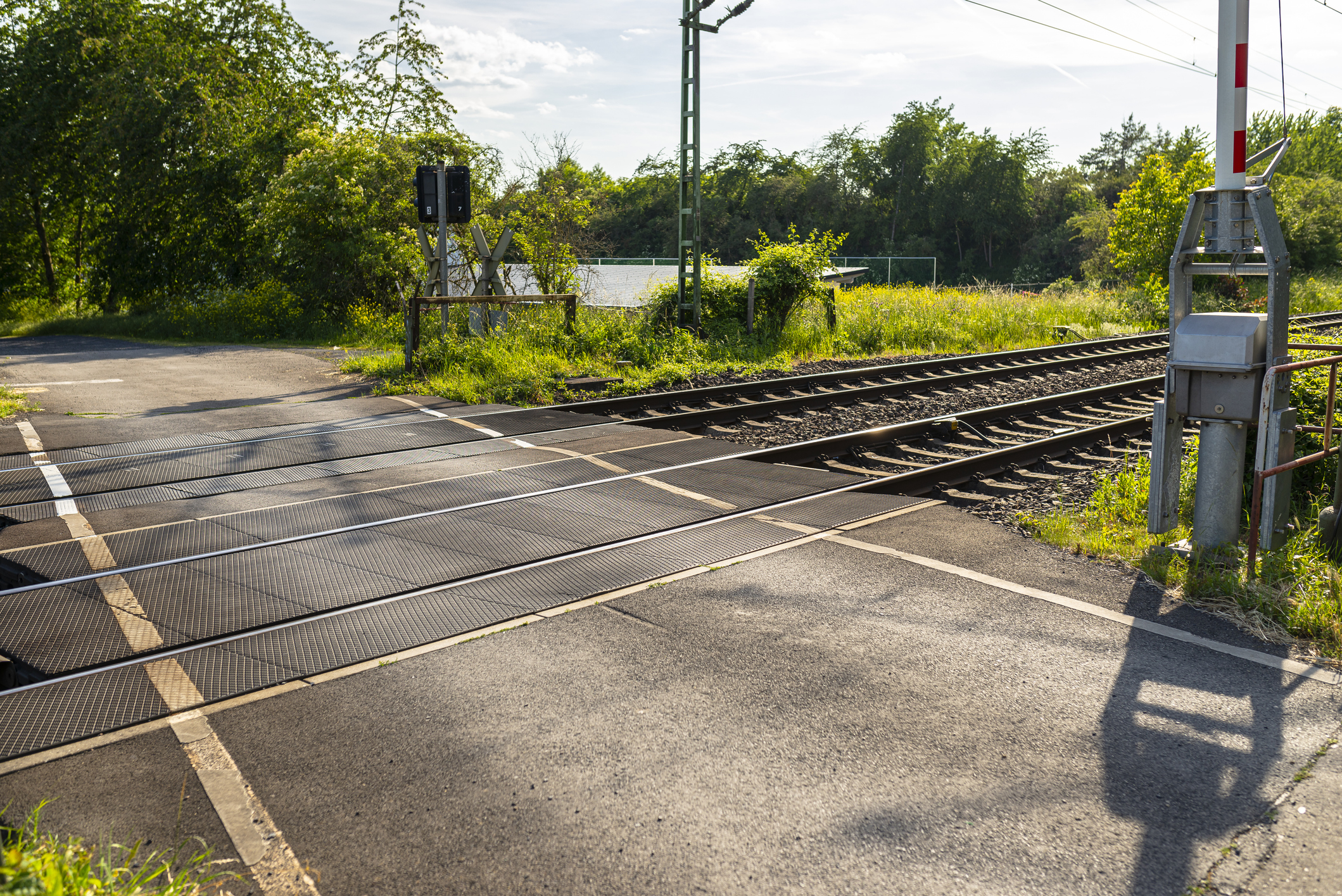Monitoring large perimeters is a crucial task for both property security and environmental protection. From industrial sites to nature reserves, effective supervision of these areas is essential to prevent intrusions, vandalism, theft, security irregularities and even structural integrity.
Understanding the complexities involved in this type of monitoring is essential. Large perimeters present unique challenges due to their extent, variety of terrain and climatic conditions. These factors can significantly impact the effectiveness of safety and environmental protection measures.
The aim of this article is to analyze in detail the main challenges in monitoring large perimeters and present practical solutions for overcoming them. We'll explore everything from the inherent difficulties of size and terrain to the importance of having physical barriers and video surveillance.
Challenges in monitoring large perimeters
A large area can be defined as an extensive and diverse area that needs constant monitoring to ensure safety and environmental protection. Common examples include industrial parks, oil and gas platforms, ports and large rural properties.
Monitoring these areas presents a number of challenges:
- Size: The vast expanse of a large perimeter makes it difficult to monitor all entry and exit points. Constant monitoring of each sector can be impractical without adequate resources.
- Terrain: The diversity of terrain, such as dense forests, mountains, rivers and urban areas, creates physical obstacles that make it difficult to install equipment and move security teams. This is why the right equipment is essential.
- Weather conditions: Weather variations, such as heavy rain, fog and extreme heat, can interfere with the operation of monitoring equipment and the visibility of cameras. Therefore, having equipment and software capable of identifying each situation is essential.
These challenges directly impact the effectiveness of monitoring, resulting in security gaps and environmental risks. For example, a camera system may not pick up suspicious activity in areas of dense vegetation, or sensors may fail due to adverse weather conditions.
It is therefore essential to understand these challenges in order to develop strategies and solutions that guarantee efficient and continuous monitoring in large perimeters.
Physical barriers: the importance of protecting large areas
Physical barriers represent the first line of defense in a perimeter protection system and are a crucial part of the “outer layer” of a multi-layered security strategy. These barriers generally consist of fences constructed from wire or steel mesh, which can be reinforced with concrete panels.
The primary purpose of these fences is to provide a barrier that slows down or prevents unauthorized access. In addition, these fences help to block the view of possible intruders, serving as a physical obstacle and preventing animals from entering. To increase their effectiveness, devices such as anti-scalp guards, specific paths for vehicles, blockers and protective screens can be added, for example.
Despite this, it is important to understand that physical barriers can only delay the action of intruders. It is therefore essential to integrate a monitoring system with intrusion detection, which can generate alerts, provide location data and collect essential information for post-incident investigations.
Perimeter monitoring solutions
To overcome the challenges of monitoring large perimeters, various solutions can be implemented:
Advanced intrusion detection sensors
Some types of sensors, such as radars, infrared barriers or laser systems, are used to detect invasions at strategic perimeter locations. These technologies, however, can face limitations such as maximum detection distance, electromagnetic interference and difficulty processing large volumes of data.
Video camera applications
Video cameras offer obvious benefits by allowing the supervision of large areas or several points at the same time. Their scalability, efficiency and capacity for customization make these technologies advantageous solutions for security systems.
Systems using computer vision can, for example, trigger an alarm if a vehicle comes within 100 meters of a control point. A higher level of alarm can be triggered if the vehicle comes within 30 meters of the control point or stops within the defined restricted area.
Visible light cameras
In order to function properly, conventional visible light cameras require a light source, whether natural or artificial. Lighting plays a crucial role and changes in light intensity can significantly impact the performance of the video surveillance system.
Thermographic cameras
As a complement, thermal cameras offer specific advantages. Both technologies are most effective when used together, with the thermal camera detecting intrusions and the visible light camera providing precise details essential for tracking and analyzing evidence.
Optimizing Visual Monitoring
The combination of video surveillance cameras and motion detection software has expanded the capabilities of perimeter security solutions from primary detection to detailed analysis.
With correct calibration and combined with video analysis, thermal cameras guarantee effective monitoring, regardless of lighting conditions and almost immune to adverse weather conditions. They use the infrared radiation emitted by objects such as vehicles or people to generate images and, with appropriate processing, can identify different types of intrusion, issuing alerts based on predefined criteria.
Use of artificial intelligence
Artificial intelligence can help to monitor and find deviations more quickly and effectively, being an extra layer of security that contributes to human strength in the supervision of large areas.
In this scenario, it is important to have specialized software capable of identifying certain anomalies in the monitoring areas, generating alerts that contribute to decision-making. This provides more flexibility, rapid response to incidents and focused action.
These solutions, if well implemented, can significantly mitigate the challenges faced in supervising large perimeters, guaranteeing asset security and environmental protection.
Patrimonial and environmental security
Asset security and environmental protection are essential in large perimeters due to the value of the assets and the importance of the ecosystems involved. Proper supervision not only protects material assets, but also preserves the integrity of the environment.
Effective monitoring can ensure asset security and environmental protection in a number of ways:
- Access control: continuous monitoring of restricted areas can ensure that only authorized personnel have access to sensitive sites, protecting both assets and environmental zones.
- Fire and leak detection: smoke detection systems and leak sensors can quickly identify fires or spills of toxic substances, minimizing damage to assets and preventing serious environmental impacts.
- Rapid responses to emergencies: with continuous monitoring, teams can be activated immediately in the event of incidents, reducing response times and mitigating damage to both assets and the environment.
An example of success is the implementation of intelligent monitoring systems for asset protection at SABESP. The sanitation company in the state of São Paulo implemented ALTAVE systems in its Sewage Treatment Plants (STPs), achieving savings equivalent to 10 times the amount invested in the solution by completely eliminating break-ins and thefts.
This example demonstrates that, with proper planning and the use of advanced technologies, it is possible to overcome monitoring challenges and ensure both property security and environmental protection in large perimeters.
Evaluating the return on investment in security
The return on investment (ROI) in security, especially in the implementation of video monitoring systems with artificial intelligence (AI), can be assessed from several aspects.
Some key points to consider should be taken into account in this analysis:
- Loss reduction: monitoring enhanced with AI helps prevent theft and damage to assets, resulting in lower financial losses.
- Operational efficiency: the advanced analysis provided by AI adds strength to human supervision and reduces the incidence of false alarms, which optimizes resources and time.
- Long-term cost-effectiveness: the reduction in operating costs, together with proper maintenance, makes the solution more economical in the long term.
- Accuracy and quality: artificial intelligence improves accuracy in threat detection and analysis, offering detailed insights that help decision-making and improve overall security.
- Compliance and reputation: monitoring systems help ensure compliance with security regulations, avoiding fines and protecting the company's reputation.
- Flexibility and scalability: monitoring solutions with AI are adaptable and scalable, allowing security to evolve as new threats and needs arise.
Therefore, the adoption of video surveillance systems with artificial intelligence offers a significant return on investment, evidenced by reduced losses, increased efficiency and a cost-benefit approach that is advantageous in the long term. With their ability to improve accuracy, ensure compliance and adapt to change, these technologies are essential for strengthening security and optimizing companies' resources, preparing them to face challenges effectively and sustainably.
Conclusion
Throughout this article, we have explored the main challenges in monitoring large perimeters, including territorial extension, uneven terrain and adverse weather conditions. These factors can compromise the effectiveness of monitoring, putting property security and environmental protection at risk.
It is essential to recognize the importance of supervising large perimeters. Without proper monitoring, assets and the environment are vulnerable to various threats. Therefore, the implementation of advanced technological solutions and well-planned strategies is essential to overcome these challenges.
About ALTAVE
ALTAVE is a Brazilian company, accredited as a Strategic Defense Company (EED), with patented technology in Brazil and abroad. The company has obtained CE marking, indicating the approval of its product quality to be marketed throughout the European Union.
ALTAVE has been offering efficient, differentiated and quality solutions for over 10 years for the Defense and Security, Energy, Mining, Ports, Agribusiness and Oil and Gas sectors.
- Learn more at: altave.com.br/en/
- E-mail: [email protected]
- Press inquiries [email protected]




